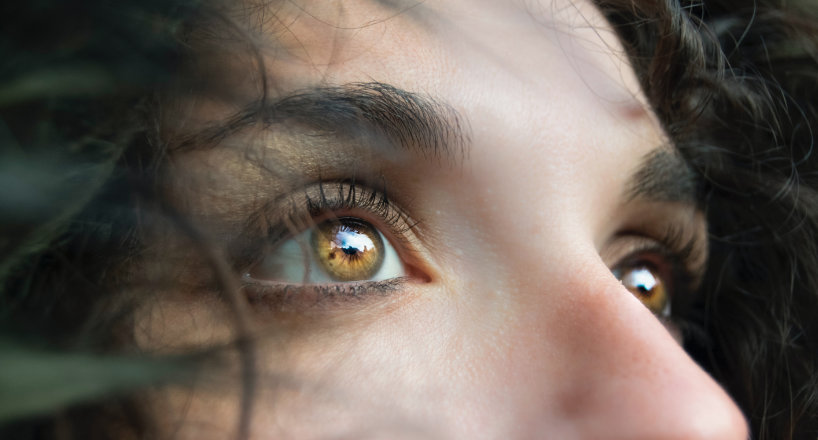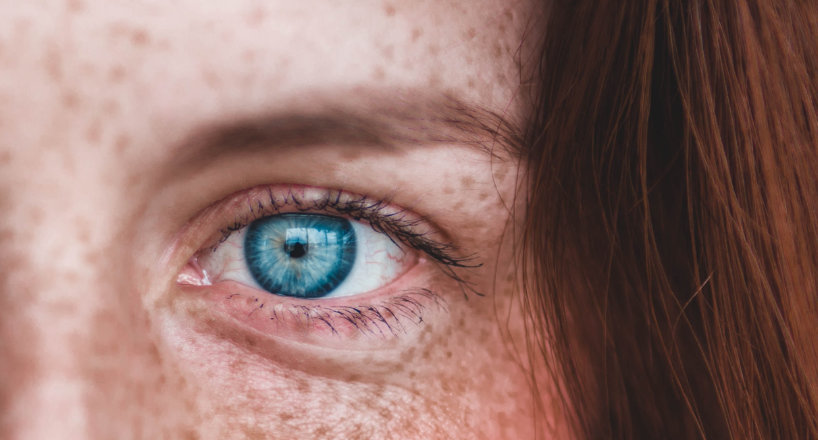Pingueculae & Pterygia

Pingueculae and Pterygia are 2 types of eye conditions that impact the conjunctiva, the clear tissue that covers the white of the eye and the within the eyelids. A Pinguecula is a little, raised, the yellowish bump on the conjunctiva, frequently appearing on the side of the cornea closest to the nose. It is caused by the build-up of protein and fat deposits in the conjunctiva and is frequently related to direct exposure to UV light, dust, wind, and dryness.
A Pterygium, also known as “Surfer’s Eye,” is a comparable condition to Pinguecula, but it is a bigger and more advanced phase of the exact same procedure. It is a fleshy growth that extends from the conjunctiva onto the cornea, and can trigger redness, irritation, and a sensation of “something in the eye.”
Pterygia can also trigger a moderate distortion of vision and in severe cases can hinder visual skills and trigger astigmatism.
Like Pingueculae, Pterygia is likewise associated with UV light direct exposure, dust, wind, and dryness, but is more common in individuals who spend a great deal of time outdoors, such as internet users, sailors, and skiers.
Pinguecula
Pinguecula is a small, raised, yellowish bump on the conjunctiva, which is the clear tissue that covers the white of the eye and the inside of the eyelids. It is caused by the accumulation of protein and fat deposits in the conjunctiva and is often associated with exposure to UV light, dust, wind, and dryness. It is a benign condition that is commonly found on the side of the cornea closest to the nose. It can cause redness, irritation, and a feeling of “something in the eye.” In most cases, Pinguecula is not harmful and does not require treatment. However, if it causes significant discomfort or affects vision, treatment options such as lubricating eye drops, artificial tears, or surgery may be considered.
Causes of Pinguecula
Pinguecula occurs when bumps, typically containing fat and/or calcium, kind on the tissue of the conjunctiva. The exact cause of pinguecula is not understood but there is a correlation in between unprotected exposure to sunlight, wind, extreme dryness, and dust.
Symptoms of Pinguecula
Pingueculae may have no signs or they can cause feelings of dryness, inflammation or sensation like there is a foreign body in your eye. In more extreme cases they might end up being scratchy, irritated, red and sore.
Treatment of Pinguecula
Typically, there is no treatment required aside from securing the eye from the sun and other components. If however, the pinguecula is triggering discomfort or other concerns, there are treatments available depending on the symptoms. Dryness, irritation, and irritation can often be treated with eye drops or ointment and in cases where there is swelling, steroid eye drops in addition to anti-inflammatory medication might be prescribed. In unusual cases where the pinguecula is triggering severe issues such as vision issues, untreatable pain, or preventing blinking, or the client is unhappy with the method it looks, it may need to be gotten rid of surgically.
Pytergia

Pytergia (pterygium in singular) are wedge-shaped developments on the surface of the cornea (the sclera), made of fibrous conjunctival tissue and containing capillary, which in some cases make it appear pink. Pterygia typically outgrow pinguecula and tend to be more visible.
Causes of Pytergia
Like pinguecula, pterygia are believed to be triggered by extended exposure to UV rays from the sun and are in some cases called “surfer’s eye”. They are more common in grownups (ages 20– 50) who reside in dry, warm environments and spend considerable time outdoors. Dangers increase in those who do not effectively secure their eyes by utilizing sunglasses and hats when they are outdoors.
Signs of Pytergia
Pytergia may occur in one or both eyes and normally grows in the corner of the eye closest to the nose in towards the cornea.
Really often there are no symptoms however some individuals may experience dry eyes, soreness, irritation, the sensation that something is in their eye, and inflammation. Pytergia may likewise trigger pain for contact lens wearers. If the pterygium is serious it might grow far enough into the cornea to block vision or trigger the cornea to change shape leading to astigmatism.
Treatment for Pytergia
The treatment options for Pterygium include:
Eye drops and ointments: Artificial tears, lubricating eye drops, and anti-inflammatory eye drops can be used to reduce redness and inflammation.
Sunglasses: Wearing sunglasses with UV protection can help to prevent further growth and reduce symptoms.
Surgery: If the Pterygium causes significant discomfort or affects vision, surgical removal may be considered. The procedure is known as pterygium excision and typically involves removing the growth and then covering the area with a patch or a graft from the patient’s own conjunctiva.
It’s worth noting that even after surgery, the pterygium can recur, so it’s important to take preventive measures such as wearing sunglasses, using lubricating eye drops and avoiding exposing the eyes to dust and UV light.